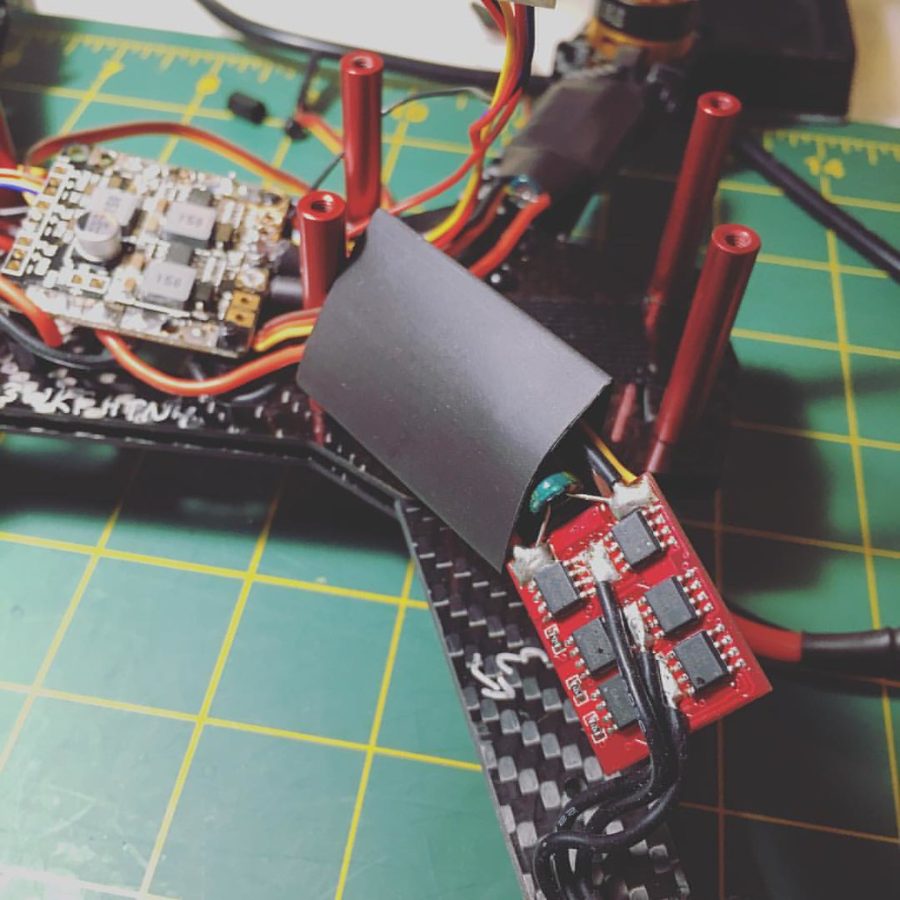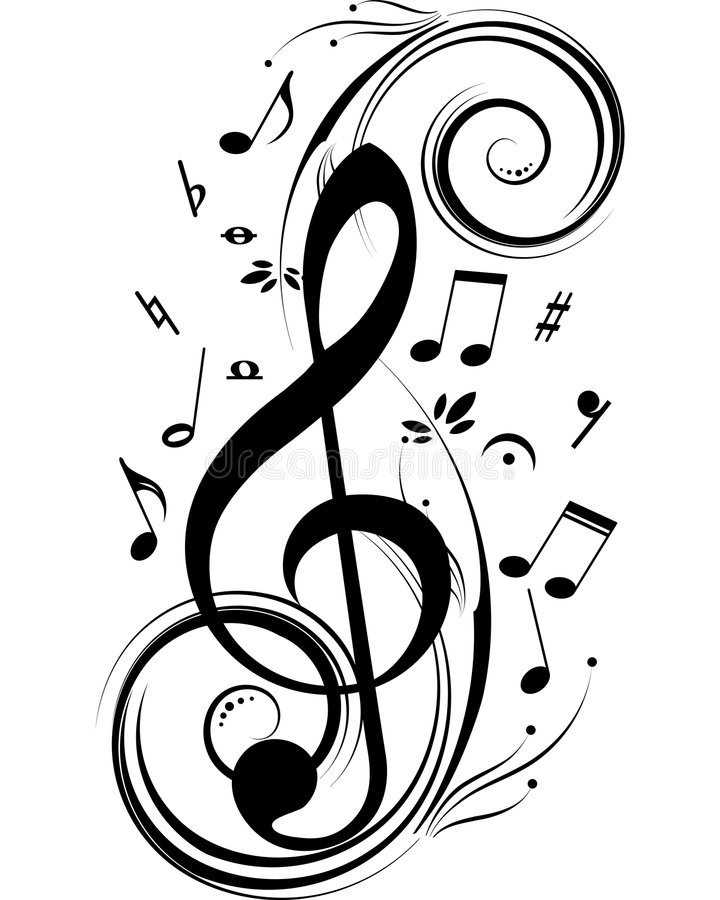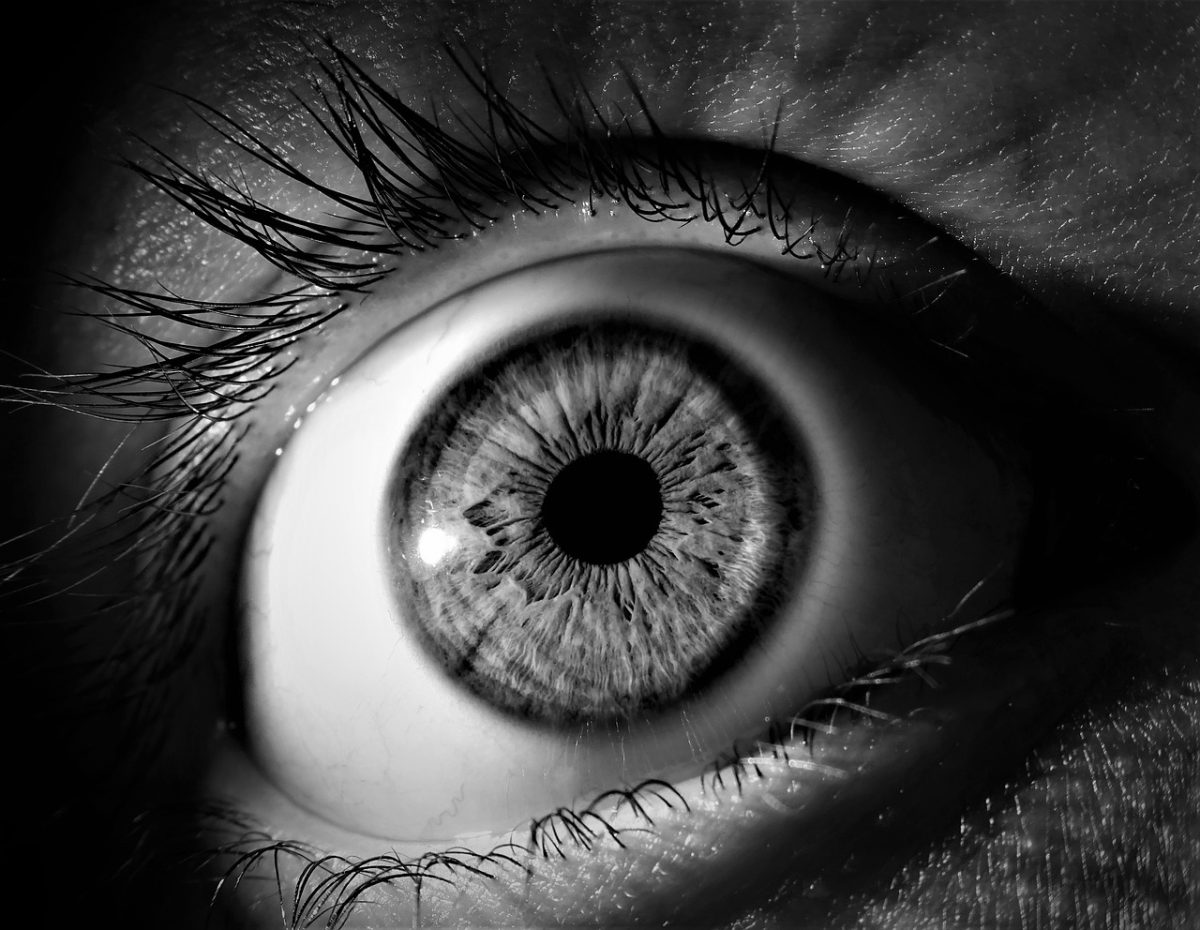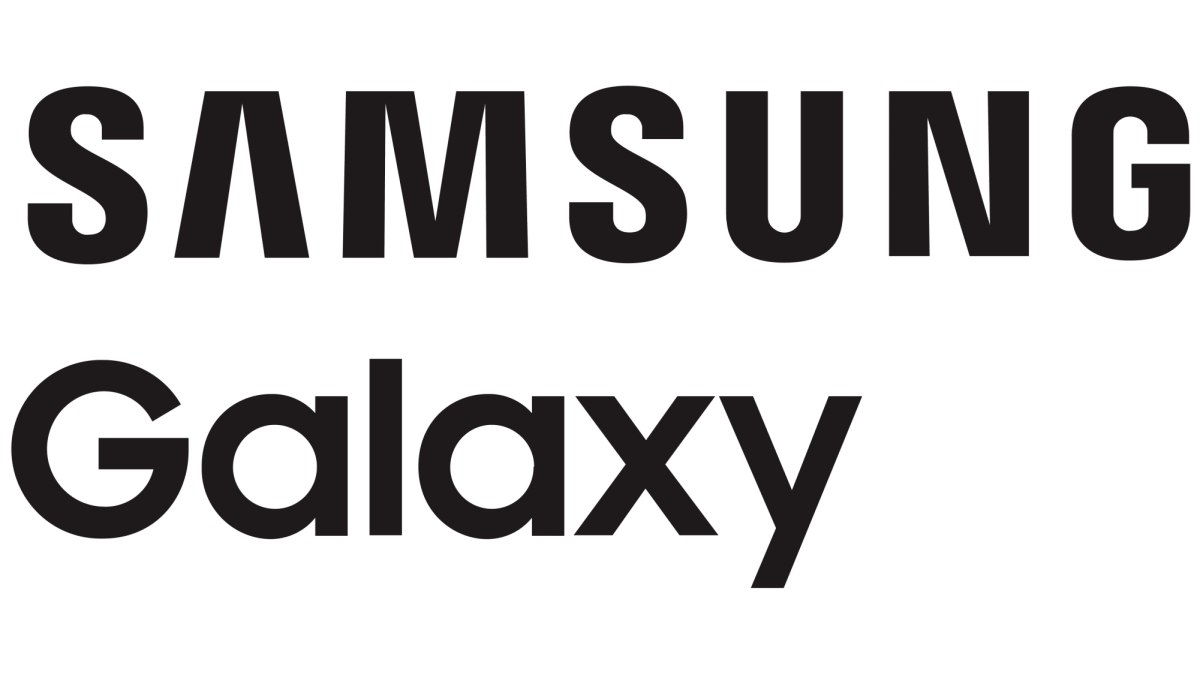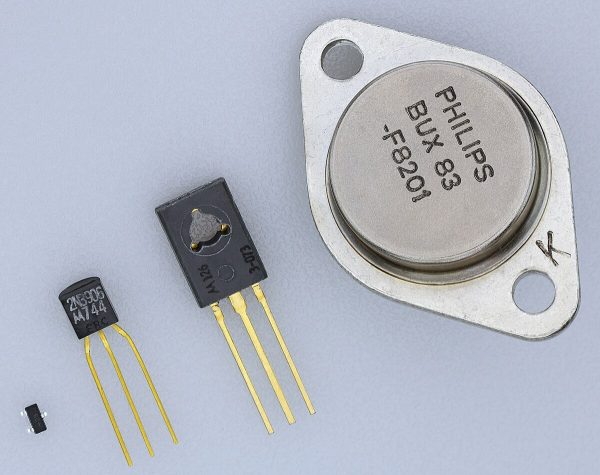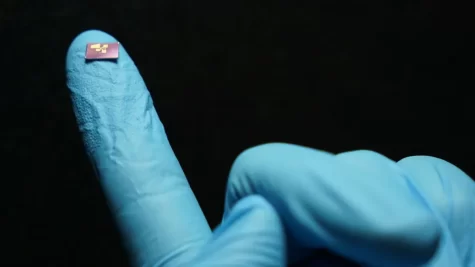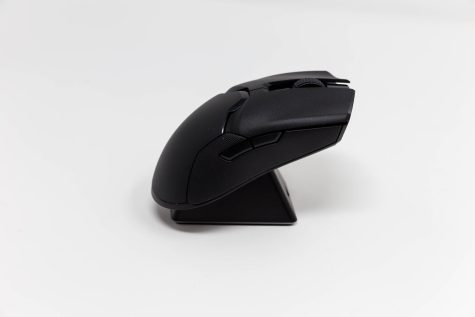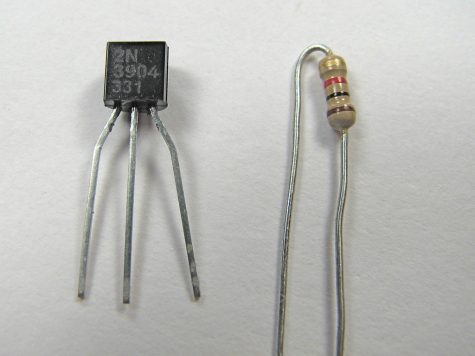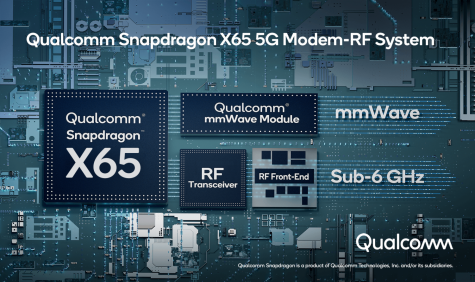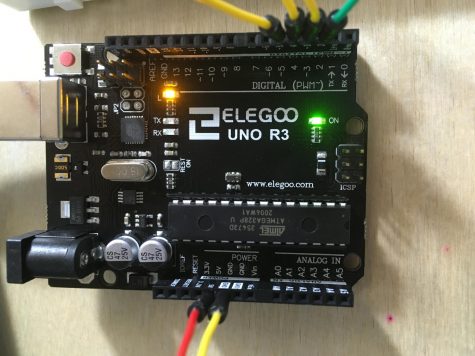Electronic Speed Controllers (ESC)
All About ESCs And Their Functions
“Cleaning up this build” by Island Capture (aka Silverph or psilver) is licensed under CC BY-NC-ND 2.0
When building many robotics projects one of the most crucial parts of it is an Electronic Speed Controller or ESC. An ESC can be used for many projects such as Drones, RC planes/boats, or even regular robots. An ESC is what controls the speed of the motor. This is happens by taking the power from the battery, then distributing it to the motors. An ESC also connects to the receiver to the robotics controller. An ESC is also a microcontroller which gives it multiple different advantages, such as smaller size and lower weight. ESCs also could be split up into two different categories, brushed and brushless ESCs. Brushed ESCs were the first ESC ever created, it is also a much cheaper than a Brushless ESC. A Brushless ESC however, is much more capable of giving out higher-speeds for motors and when paired with a Brushless motor could carry out high-performances compared to Brushed ones.
ESCs are also most commonly known for their role in drones. In drones the ESC could also preform braking motions or “dynamic brakes”. An ESC in a drone is what makes the motors move in and what takes the signal from the receiver, and transports the signal to the motors. ESCs in drones also make the amount of parts in a drone much less. This is because ESCs are integrated into a single chip, and with less parts reduces the possible points of failure. Overall ESCs are one of the most crucial parts to any robotics project and one of the most crucial parts in order to make your project function.
RELATED STORIES
https://www.dji.com/newsroom/news/inside-a-drone-esc
https://www.elprocus.com/electronic-speed-control-esc-working-applications/
